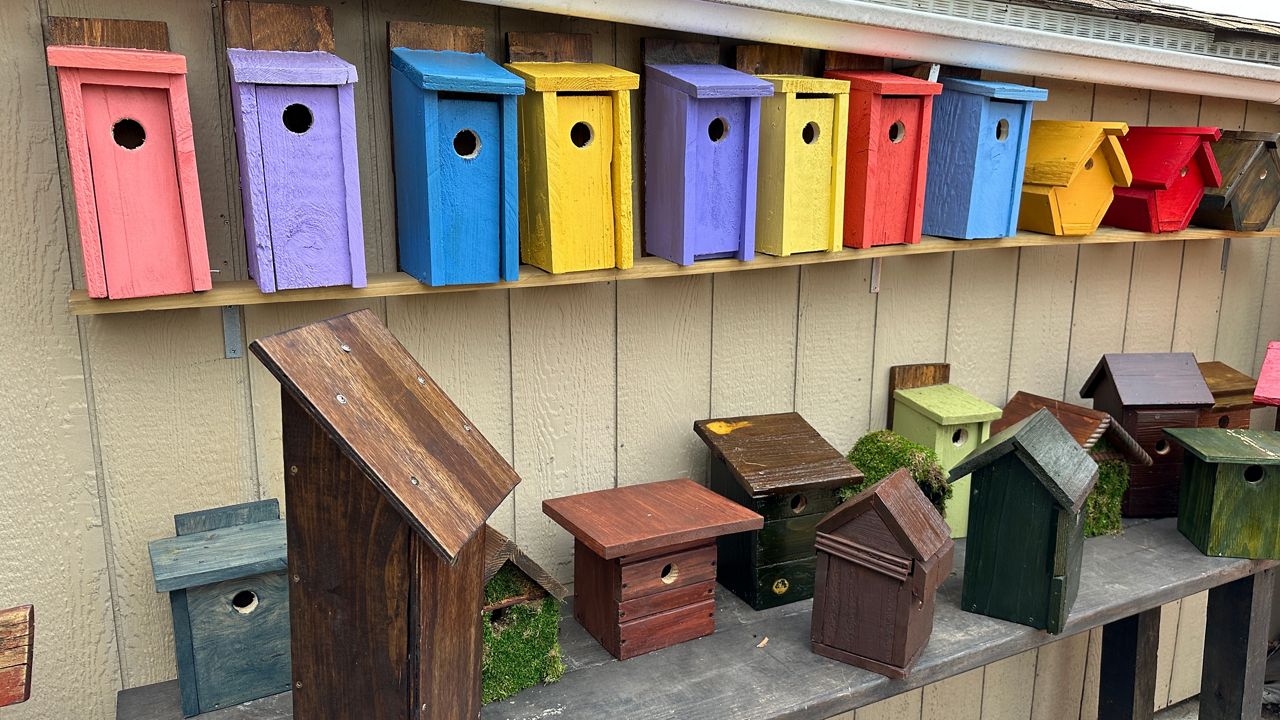Many buildings in Manhattan have their heating, cooling, hot water and in some cases elevator service powered by the largest steam system in the United States. The process all starts with New York City drinking water.
"That water is then put into our boilers and steam generators and we make steam and it's sent out to customers across Manhattan," Christina Ho, the vice president of steam operations for Consolidated Edison, said.
What You Need To Know
- Consolidated Edison is marking 200 years in business
- The company first started in 1823 as the New York Gas Light Company
- That company merged in 1884 with the city's five other major gas companies to become the Consolidated Gas Company
- Consolidated then acquired steam, gas and electric companies, including Thomas Edison's, and became Consolidated Edison in 1936
In fact, all of Manhattan's big, old and iconic buildings below 96th Street get the steam, like the Empire State Building and the Chrysler Building. The steam system is just one part of the history of Con Edison, which began 200 years ago in 1823 as the New York Gas Light Company.
"We started off originally as a manufactured gas company, distributing gas around New York City for gas lighting, then evolved to be an electric company, with Thomas Edison, the advent of electric light," Matt Ketschke, the president of Con Edison, said.
The company became Consolidated Edison in 1936.
ConEd is the longest continuously traded stock on the New York Stock Exchange, now primarily an energy delivery company. It owns the infrastructure, pipes and wires that run under the streets of the five boroughs.
"The city was trying to figure out how to make, how to promote economic development, how to create growth in the city and we were at the heart of that," Jen Hensley, senior vice president of corporate affairs for ConEd, said.
These days, ConEd is working to be at the heart of building a climate-resilient energy system, focusing on renewable energy sources like solar and wind power, as opposed to fossil fuels like coal, oil and natural gas.
"We are going to need new substations, and new delivery infrastructure, things like new transmission cables that run under the streets of New York City to bring that power from off-shore and move it to places around New York City," Ketschke said.
Ho says the company's goal is to "hit clean energy by 2040 and take the city to net-zero carbon by 2050."
And at the center of all of this is ConEd workers like Leon Davis, a 25-year company veteran who began his career as a meter reader and is now an area manager for Lower Manhattan.
"When a customer just flicks on that switch, usually it's expected that the lights go on, but there's a lot that goes on behind that, and to be a part of that is a great feeling," Davis said.






